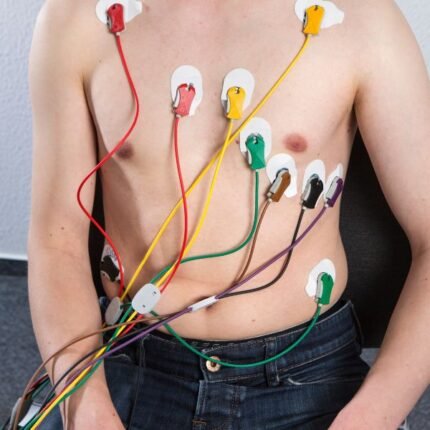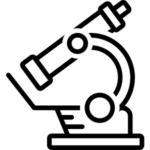Executive Package – Men
₹9,499.00Living in the modern society imposes significant strain on our bodies. Our hectic lifestyles, characterized by irregular work hours, erratic eating patterns, and limited time for exercise, have a profound impact on our health and overall well-being.
Executive Package – Women
₹9,950.00Living in today’s time places significant strain on our bodies. Stressful lifestyles, characterized by unpredictable work hours, irregular eating patterns, and limited time for exercise, have a profound impact on our health and well-being. However, waiting for a health issue to arise would be unwise.
Health Plus Package Women
₹7,950.00There are numerous diseases that can affect various parts of our body, including the heart, kidneys, liver, and more. Detecting these diseases at an early stage is crucial for effective treatment and optimal outcomes. In this regard, the Health Plus package offered by P.H. Diagnostic Centre provides a detailed study of your body’s health status.
Health Plus Package- Men
₹7,950.00There are numerous diseases that can affect our bodies and detecting them at an early stage is crucial for effective treatment. These ailments can involve various organs such as the heart, kidneys, liver, and other parts of the body. By conducting thorough health assessments, we can gather valuable insights into our overall well-being and take appropriate measures.















